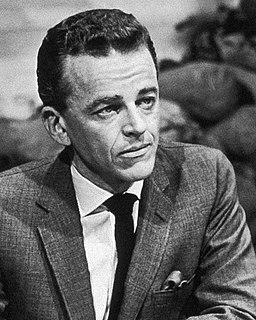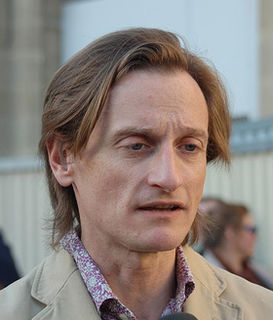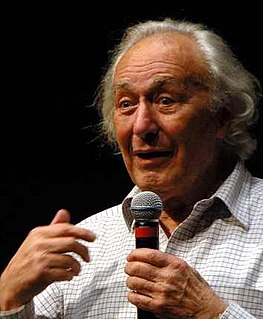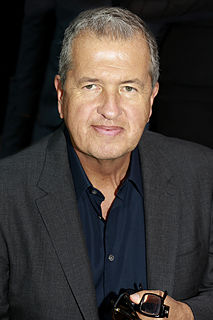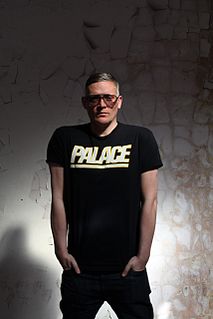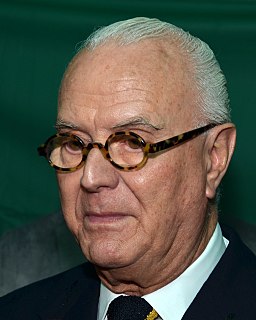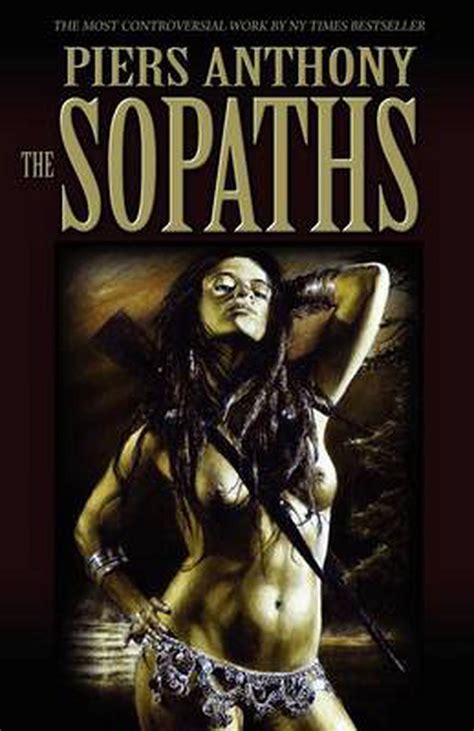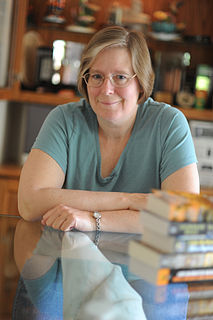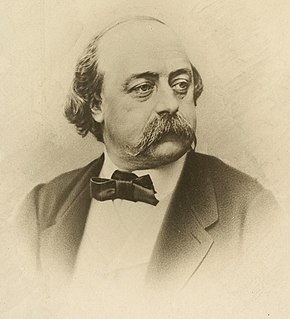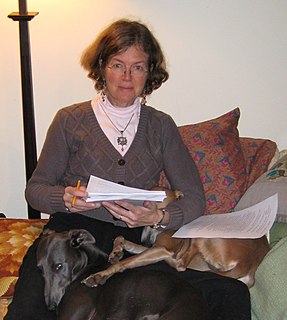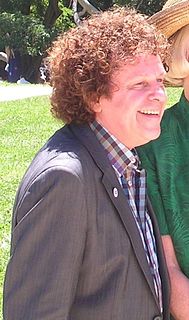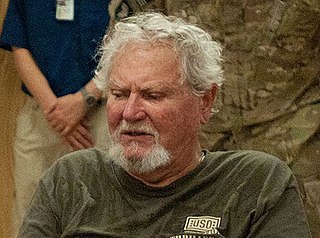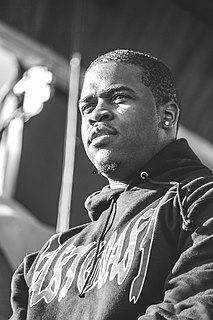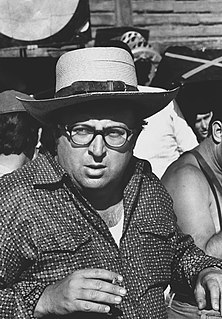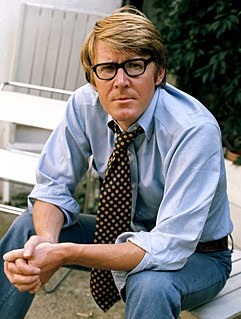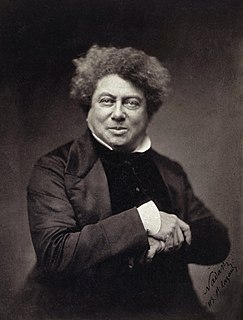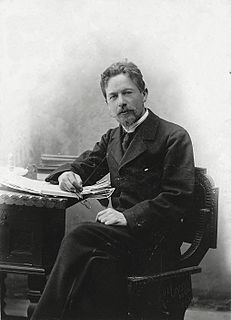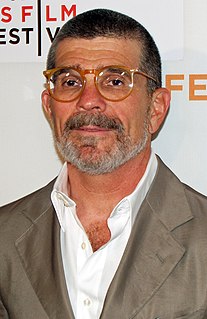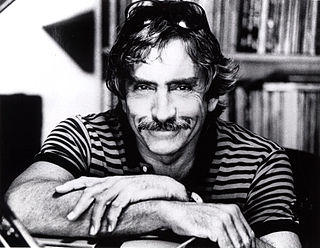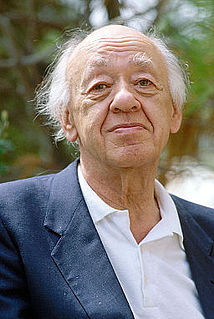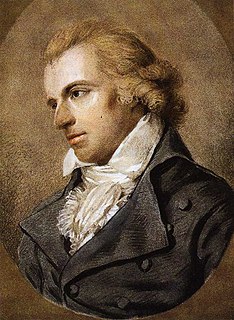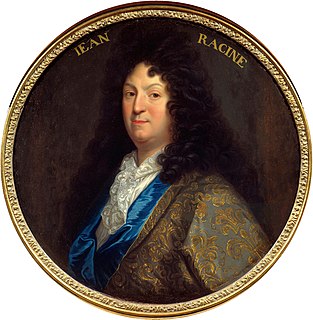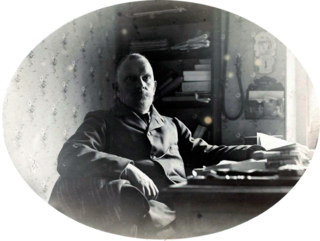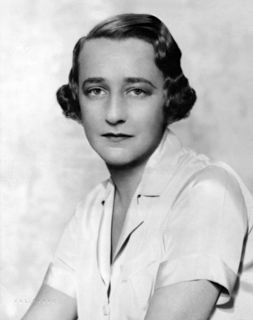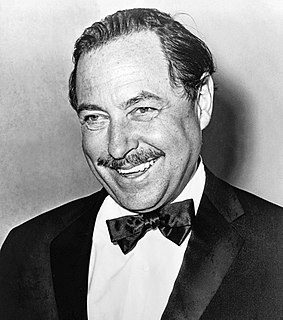A Quote by Alan Jay Lerner
We used to say that inside Cecil Beaton there was another Cecil Beaton sending out lots of little Cecils into the world. One did the sets, another did the costumes. A third took the photographs. Another put the sketches in an exhibition, then into magazines, then in a book.
Related Quotes
But the people did get it. They had lost something -- not exactly their fear, but their patience. Suddenly it seemed unbearable to go on accepting these systems, these portly little idiots in their blue suits, for another year, and then for another day, another hour. That special sort of impatience is the power-surge of revolution.
Oh,' she said, too bone-weary to pretend: 'I would far rather that I love you as I saw yesterday I do than that I had gone on worshiping you as I did not long since.' And she turned away hastily, and did not see that Little John would reach out to her; and half-running, went to Tuck's cottage, where she could pull on her half-dry clothes, and become a proper outlaw again. At least, she thought, fighting back tears, like this I am Cecil, with a place among friends, and a task to do. I am someone. I wonder if perhaps if I am no longer Cecil, I am no one at all.
The most tragic moment of my life was the first show I ever designed for. I had been asked to make shoes for Ossie Clark's show in the early '70s. I was so inexperienced that I didn't put the steel in the heels of the shoes, which is required to support the shoe and the wearer. So the girls came out walking very strangely in these rubber, bendy high-heeled shoes I had made. I thought 'Oh dear god! This is the end of me.' But after the show, even David Hockney and Cecil Beaton said to me 'It was so interesting that the girls were moving in such a different way.'
What I do is give Ennio Morricone suggestions and describe to him my characters, and then, quite often, he'll possibly write five themes for one character. And five themes for another. And then I'll take one piece of one of them and put it with a piece of another one for that character or take another theme from another character and move it into this character.... And when I have my characters finally dressed, then he composes.
